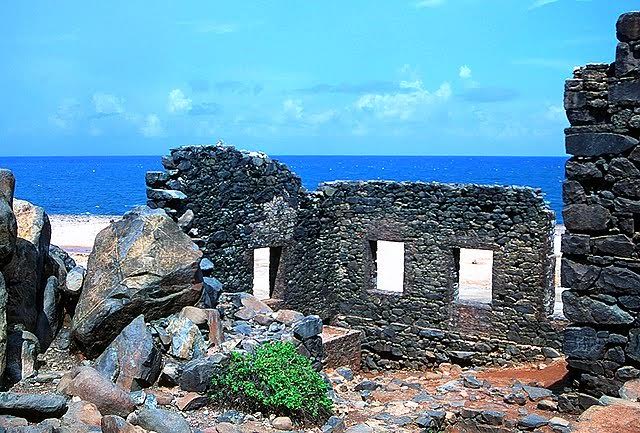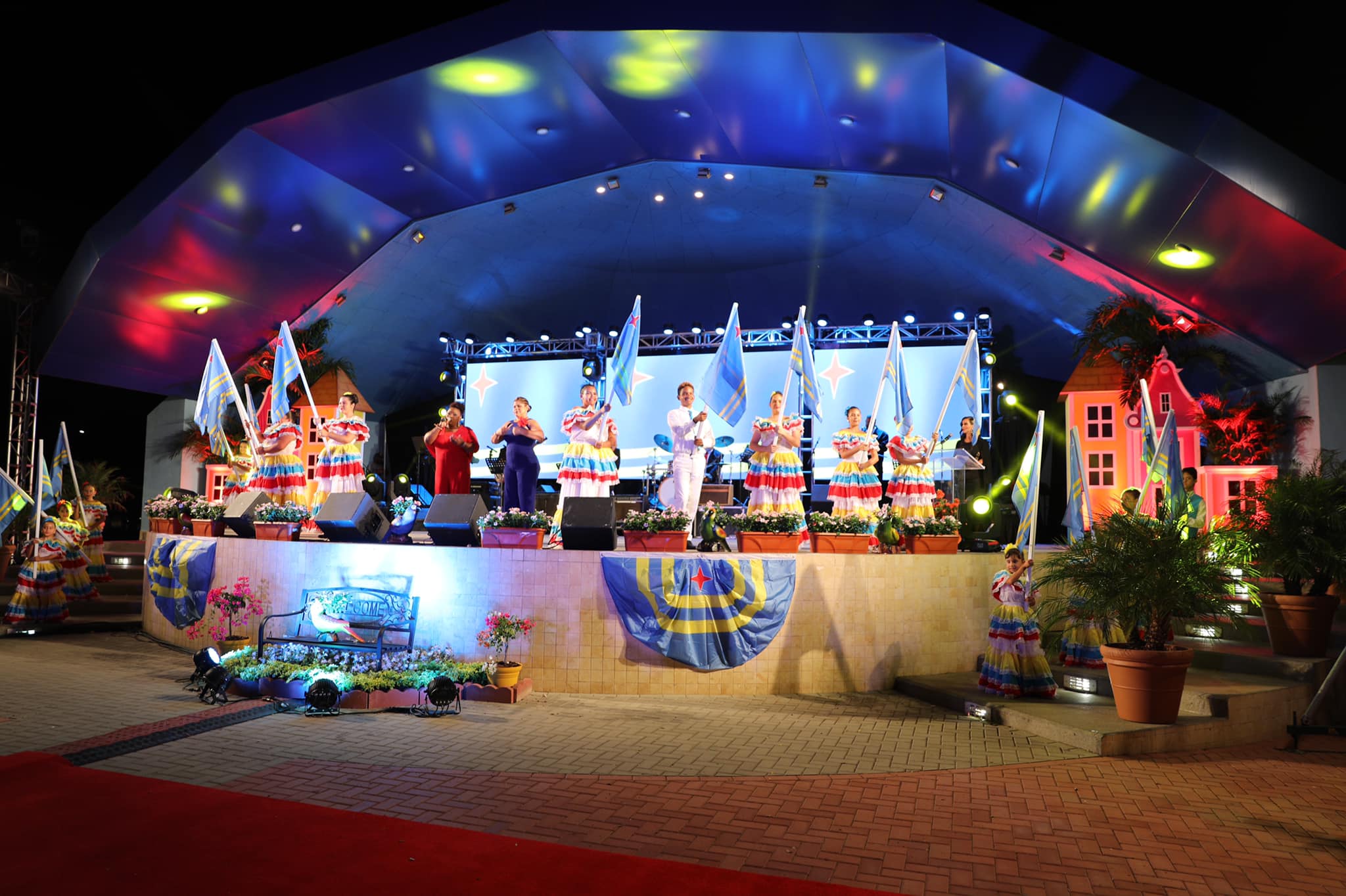Etnia Nativa through Island Insight shares native cultural awareness educates and safeguards Aruba’s heritage and encourage readers to experiment an island keeper state of mind. Discover the true native reasons of concern in one and every episode.
Experience more reasons to love Aruba and live out your island adventure in an authentic revealing way. Our island is a tiny tourist destination with a fragile ecosystem, covering thousands of years of history. Here is when Etnia Nativa’s main objective comes to mind, sharing information through education.
During this episode, we would like to share our recent history of gold mining, where it originated and how Aruba experienced its own gold rush -episode 28- Imposing constructions of massive stone structures dating back to those days and that are currently part of the tourist attractions.
It was around 1824 when a boy herding his sheep in the northern rocky part of the island discovered the first gold rock in a place called by the locals Rooi Fluit. Not knowing quite what it was, he showed it to his father and he in turn showed it to an Oranjestad merchant, who bought the rock from them for $17. Later, the same merchant would sell the gold rock for $70.- Very quickly the rumor went around of the discovery. This spread among the locals and they all began to search basically in the dry beds of the streams being the most propitious place since it is how they also found the gold rock in Rooi Daimari.
Daimari, Lagabai (Rooi Fluit), Wacobana, Arikok and Hadicurari were the most important places where gold was found. Most of it was alluvial, which came to the surface as native gold. When systematic research was later introduced, gold ore was also found in the western part of Aruba, especially in Tibushi.
In the beginning, everyone was allowed to search for gold, the search was very primitive: clay was taken from the streams and put to dry in the sun. Then the hardened parts were beaten into small pieces. If there was gold, the larger pieces would naturally come free and when this happened, one knew that there were possibly smaller pieces as well. To find them, the finely beaten clay was ground onto a large piece of sailcloth, after which the wind blew over the sand, leaving behind the small pieces of gold. Another system consisted of diluting the clay with water in large pots, so that the gold sank to the bottom.
This search system was allowed because the gold was delivered to the government and had a fixed price, however in 1854 the extraction of gold was granted to a concessionaire.
Around that time, on the north coast of Aruba, the Bushiribana smelter was built and was in use for about 10 years exploiting the gold mines from the surrounding area. it was a very solid construction, so much so that it still stands imposingly on the north coast. Years later, another concessionaire who worked in the search for this yellow mineral, in the central area of the island, ordered the construction of the Balashi foundry, of which there are still boilers and ovens as well as crumbling walls.
At the beginning of the First World War trade whit Germany turned dificult and to obtain the necessary materials for the purification of the minerals whas practicaly impossible bringing the exploitation of gold in Aruba to a stop, but during the century that had elapsed since its discovery in 1824, 2,962.50 pounds of gold were exported.
In 1946 the attempt to resume gold mining in a more modern way resulted unprofitable. However, there is still gold in the Aruban soil, although you would have to be very lucky to find it!
If you love Aruba its origins and its cultural heritage, be part of the exclusive visitors of Etnia Nativa: a cozy museum/home.
Etnia Nativa a private residential houses collections of native art, archaeological artifacts and historic furniture, while the facilities themselves are the result of the transformation of recycled materials. Meet Anthony Croes, our columnist at his home! Book your visit and live the native effect! Whatsapp + 297 592 2702- or mail: etnianativa03@gmail.com




















